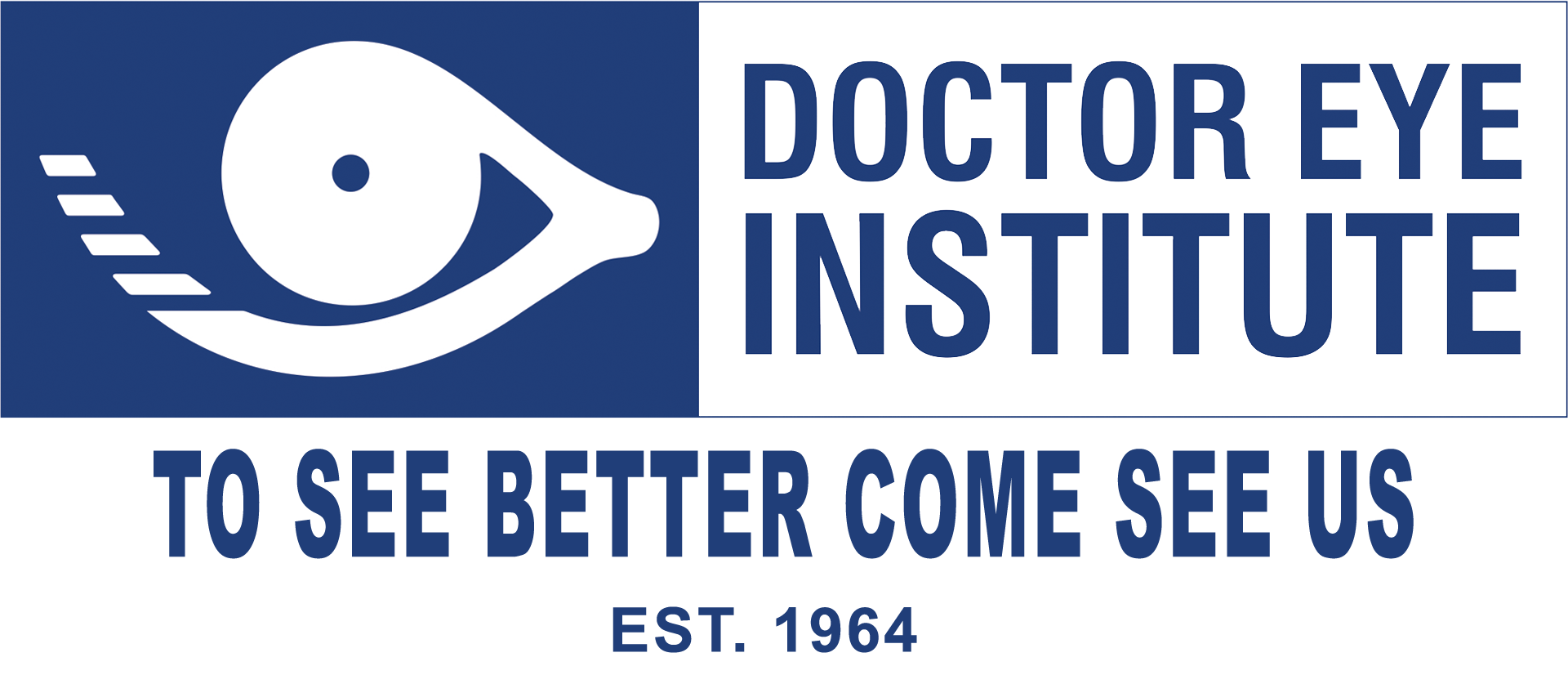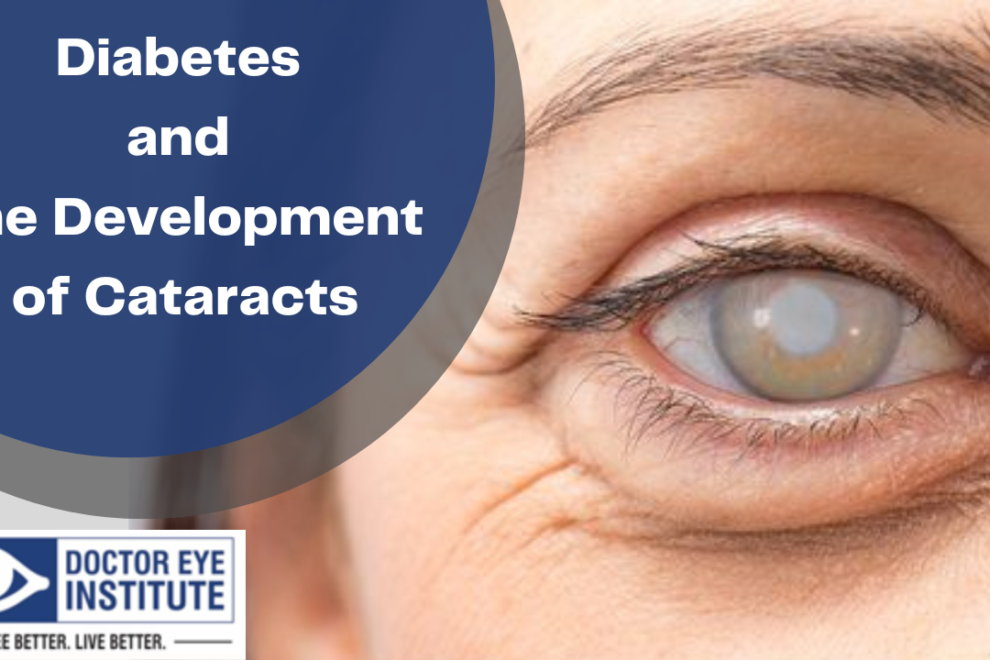Diabetes and the Development of Cataracts
Cataracts are one of the most common eye problems worldwide. It is a condition where the natural lens of the eye becomes cloudy, resulting in blurred vision. The risk of developing cataracts increases with age, but other factors, such as genetics and lifestyle, can also contribute to the development of this condition. In recent years, there has been growing evidence linking diabetes to the development of cataracts.
In this blog, we will discuss the interrelation between cataracts and diabetes, how high sugar levels affect the retina, and the rapid development of cataracts due to diabetes.
Cataracts and Diabetes Interrelation
Diabetes is a chronic disease that affects how the body processes blood sugar (glucose). High blood sugar levels can damage various organs in the body, including the eyes. The lens of the eye is made up of water and protein. The protein is arranged in a way that keeps the lens clear and allows light to pass through.
However, when high sugar levels occur in the blood, some of the excess sugar molecules attach themselves to the proteins in the lens, causing them to clump together and form cloudy areas. This cloudiness can result in the development of cataracts.
How High Sugar Levels Affect the Retina
The retina is the part of the eye that senses light and sends signals to the brain. High blood sugar levels can damage the blood vessels in the retina, causing them to leak fluid and blood. This condition is known as diabetic retinopathy and can cause vision loss if left untreated. Diabetic retinopathy can also lead to the development of cataracts.
Rapid Development of Cataracts Due to Diabetes
Cataracts usually develop slowly over time and are more common in older adults. However, diabetes can accelerate the development of cataracts.
People with diabetes are two to five times more likely to develop cataracts than those without diabetes, and they tend to develop them at an earlier age. In fact, even at a young age, diabetes can lead to the development of cataracts.
Prevention and Treatment
Preventing and treating cataracts in people with diabetes requires good blood sugar control. This involves monitoring blood sugar levels regularly, taking medication as prescribed, and following a healthy diet and exercise regimen. Regular eye exams are also essential to detect any eye problems early on.
Treatment for cataracts typically involves surgery to remove the cloudy lens and replace it with an artificial lens. Cataract surgery is a safe and effective procedure that can improve vision and quality of life. However, people with diabetes may be at a higher risk of complications after cataract surgery, such as infection or swelling of the retina.
Cataracts are a common eye problem that can develop slowly over time. However, diabetes can accelerate the development of cataracts, even in young adults. High blood sugar levels can damage the proteins in the lens, causing them to clump together and form cloudy areas. Diabetes can also cause diabetic retinopathy, which can lead to vision loss and the development of cataracts.
Good blood sugar control and regular eye exams are essential for preventing and treating cataracts in people with diabetes. If you have diabetes, it is important to talk to an eye doctor about your eye health and develop a plan to protect your vision.









